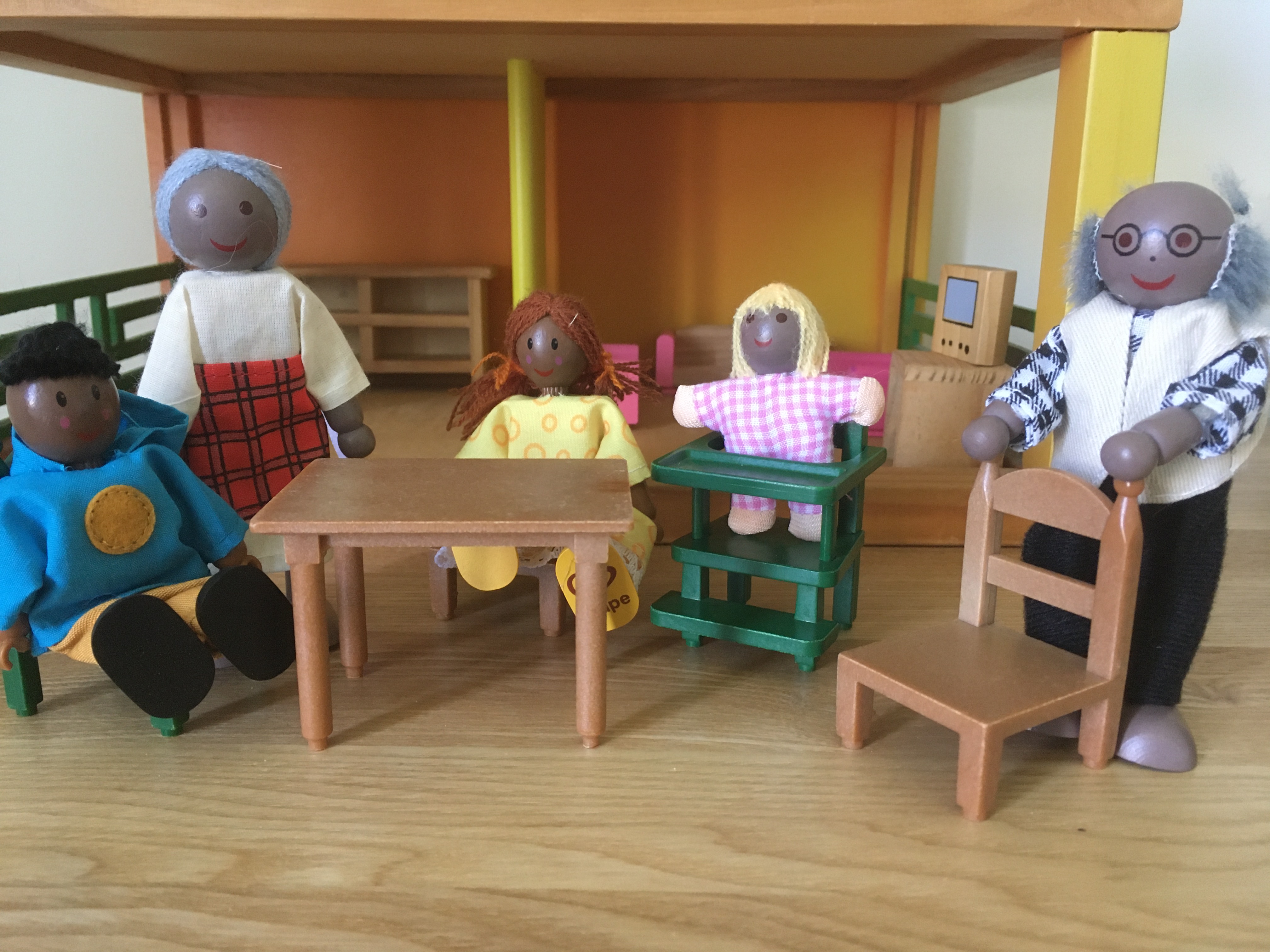
The Child Attachment and Play Assessment or CAPA, is play-based assessment which has been designed specifically for children, between the ages of 3 – 11 years old, who have experienced early life trauma and neglect. CAPA is a non-intrusive, developmentally appropriate way of exploring children’s mental representations of attachment relationships (primarily parents and carers). It is particularly helpful in understanding the impact of Developmental Trauma and planning therapeutic support packages to meet your child’s individual needs.
CAPA combines Crittenden’s Dynamic Maturational Model of Attachment and Adaptation (DMM) with Winnicott’s ‘playing and reality’ and ‘potential space’. It uses the established narrative story stems procedure in which the interviewer gives the child the beginning of the story (the stem) and then asks her/him to “tell me and show me what happens next”: there are two sets of stories, one for children aged 3 – 6 years and another for 7 – 11-year-olds. Children are usually asked to ‘tell’ about 6 stories and this typically takes about 20 minutes.
The assessment is video recorded. This then enables Amanda to look at:
- Your child’s relationship with the interviewer.
- Your child’s level of physiological arousal (i.e. whether the story telling is exciting and enjoyable, or difficult and possibly anxiety-provoking).
- Any social engagement signals your child demonstrates towards the interviewer.
- How your child speaks to the interviewer and the types of words they use.
- The development of your child’s ability to ‘mentalize’, to understand how other people might think and feel in a particular situation.
- Whether your child demonstrates any indication of unresolved trauma, loss or depression.
Amanda will then identify a categorization which best fits your child’s attachment strategy, based on DMM coding. Attachment behaviour is usually described in terms of ‘secure’ (Type B), or ‘insecure’: there are two different presentations of insecure attachment, ‘avoidant’ (Type A) and ‘ambivalent’ (Type C).

Amanda is then able to use her observations of your child’s CAPA to offer suggestions around supportive strategies and future therapeutic pathways.
